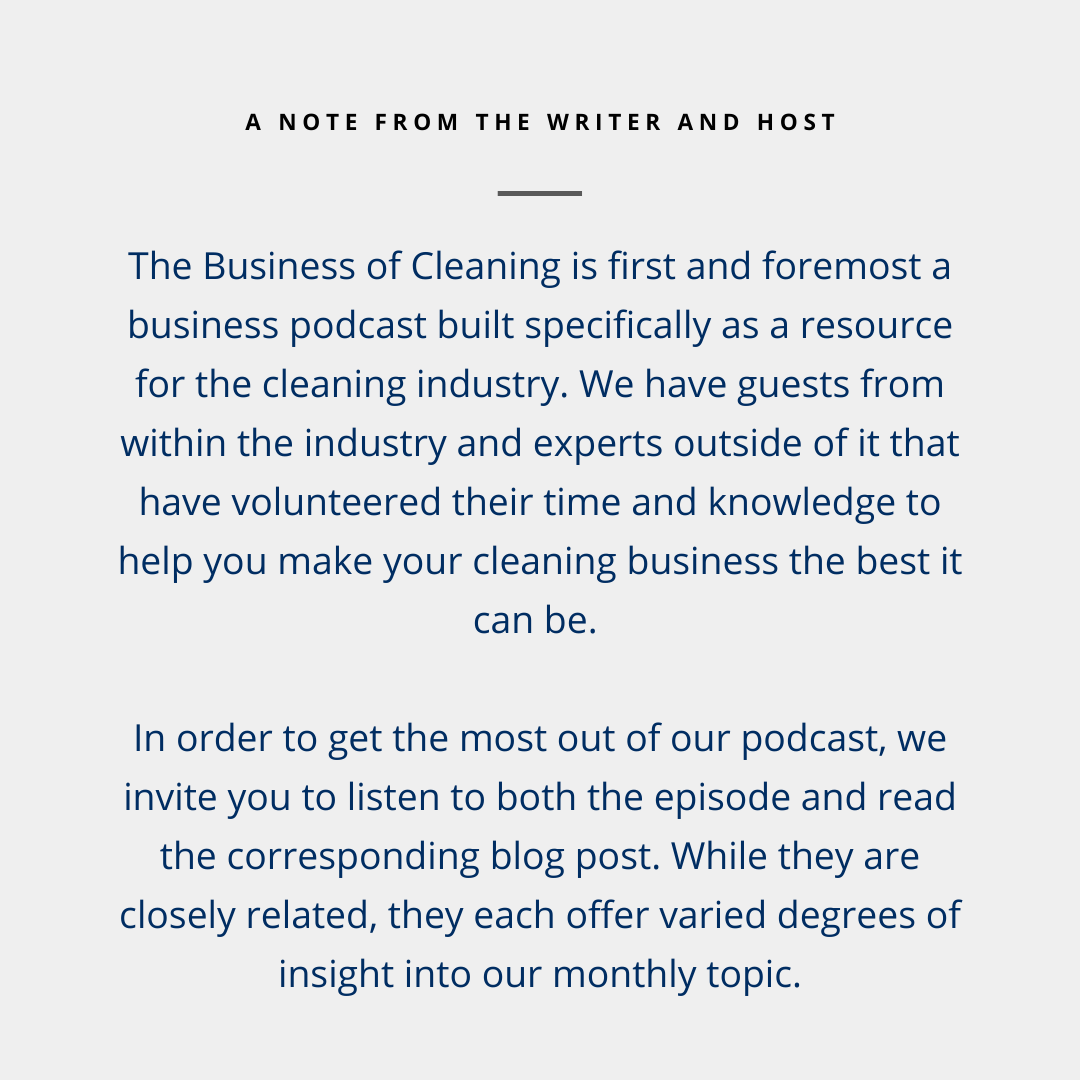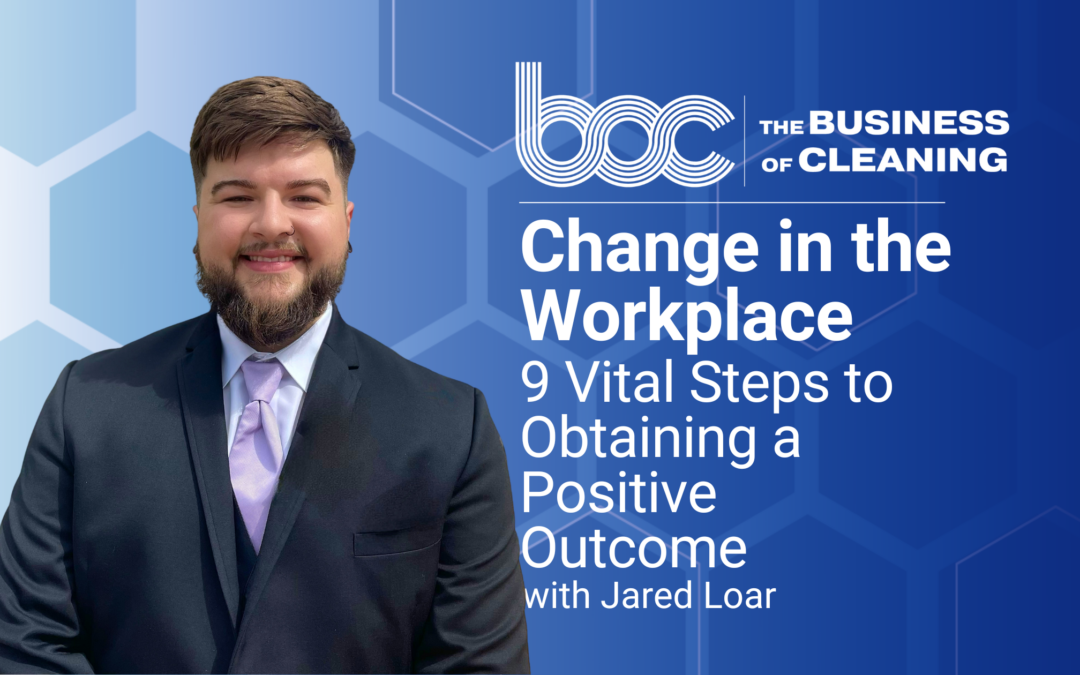Audio Version
Podcast Transcription
Video Version
Not all change is bad. In fact, workplace change is good and necessary for a company to survive and grow, but when systems and practices are changed without prior communication or consideration of those directly impacted – the employees– trouble looms ahead.
We all know that change is inevitable. It’s just a routine part of work, life, and being human. That being said, even though we should know by now that change is unavoidable, some of us may still try to hang on to whatever seems to promise familiarity and comfort in the present – as is evident in research findings surrounding change management.

According to Gartner, a research and advisory firm for businesses, most organizations have undergone 5 changes in the past 3 years while only 34% of those changes brought forth successful results. Gartner also notes that nearly 75% of businesses will multiply the number of changes made in their organizations within the next 3 years.
With such a low success rate compared to the high rate of change, it’s certainly worth re-exploring what needs to happen first when planning changes in the workplace before team morale has a chance to decline.
In this BoC podcast episode, Podcast Coordinator, Halie Morris, speaks with Jared Loar, an account manager for Janitorial Manager, regarding the effects of implementing change in the janitorial workplace. Jared is right on the front line when it comes to helping onboard new customers to Janitorial Manager’s software. While onboarding, he hears what sort of feedback business owners in the cleaning industry are receiving (the good, the bad and the ugly) when they decide to implement a major change, such as new software, without first going through the proper channels of involving their entire team in the decision-making process. Yes, organization owners do have the ultimate say, but without employee buy-in, the road to bringing about change with positive fruition can be long and hard with many

bumps along the way. However, as Halie and Jared point out in their discussion when change is presented after first considering the concerns of employees, evaluating feedback, and engaging team members in dialogue, the results can be strikingly different in a good way.
As found in any organization, within the janitorial workplace exists a myriad of different personalities and backgrounds. And of course, amidst this mix, are those individuals who are better at adapting to new circumstances than others. Because of this, it is especially crucial, noting that employees are a company’s lifeblood, that leadership not only stays the course in keeping the company’s missions and values in the spotlight when thinking of change but to also keep employees in the loop along the way.
Throughout the podcast, Halie references a Harvard Business Review article entitled “Why Do Employees Resist Change” by Paul Strebel in which the relationship between a company and its employee is described as a personal compact – one that has mutual obligations and is made up of 3 elements: Formal, Psychological and Social. Formal surrounds the job basics such as the description of the role, responsibilities, and pay, while psychological pertains to trust and mutual dependence, and social includes the organization’s culture, values, and mission. This personal compact idea that Paul presents proves to be an interesting concept and one that leadership across all industries should keep in mind when exploring all the ways in which employees could react to a prospective change. Indeed, depending on the type of change presented, employees are more often than not affected in more than one area.
This idea of a personal compact can also be contemplated while diving into the 9 steps to achieving positive outcomes.
9 Vital Steps for Positive Workplace Change
1. Analyze how the change will affect the worker – This applies to all areas. It is helpful to consider the effect on hours, job responsibilities and overall wellness. It is also necessary to consider the strengths and weaknesses of the team and the amount of training that will be required.
2. Ask for employee feedback – This is huge. Employees want to feel heard. If a major change is happening that directly affects the day to day lives of the employee and their required tasks, then it is crucial to ask for feedback on how they perceive the change and if it will assist or hinder their jobs. Depending on the responses, the feedback can directly impact the decision to move forward or not with the change.

- Address employee concerns – Once feedback is received, it is important to talk through any questions or concerns brought up by the team. Employees need to know their feedback is valued and that their concerns, if any, are genuinely considered in the decision-making process. This cultivates an environment of inclusion and respect.
- Provide transparency – When making an organization-wide decision, leadership needs to clue their team in as to why certain changes are being considered and what the benefits will be. Employees are more likely to buy in to change if they understand the reasoning behind it.
- Foster open communication – As with any “personal compact,” to reference Paul Strebel, communication is key. Thriving workplaces are those in which employees and managers are in constant contact and continual communication regarding company policies, processes, responsibilities and upcoming changes.
What To-Do After the Change Has Been Made
- Start small, if you’re able – When change is made in smaller increments opposed to one major rollout, then it’s easier for employees to digest and get accustomed to the new change.
- Provide adequate training – This is another critical point. Too often, managers can acquire a new software, present it to their employees and then expect them to understand how it works without a whole lot of notice or training. This is a recipe for failure. Employers need to take the time and make the effort in ensuring that everyone has access to the amount of training they need.
- Ask for feedback again – Feedback is important not just before the change, but after as well. Checking in on employees throughout the transition enables management to gain a better understanding of where employees are at in the training process so that proper adjustments can be made where needed.
- Celebrate and reward employees – It’s important to celebrate successes and wins, especially when it involves a major change within the workplace. Celebrating change, whether big or small, creates a sense of comradery and pride.
Resisting change is something we can all fall prey to at times. This isn’t a unique circumstance. What makes the difference in the workplace, however, is how that change is presented, perceived, and carried out. With honesty, transparency, and communication, changes can be successfully implemented. All it takes is the effort to put forth work in creating a sense of community and inclusion between everyone involved.
About Our Guest(s):

Jared Loar
Account Manager - Janitorial Manager
Jared Loar is an account manager for Janitorial Manager where his customer-centric day involves training, assisting with account set ups, and answering whatever questions get thrown his way like a true expert. The most rewarding part of the job for Jared is helping customers find the solutions they need to save time and remove some of the daily stresses they encounter out in the field.
Janitorial Manager is a cloud-based janitorial software that exists to assist cleaning operations in streamlining day-to-day processes, tracking critical data, enhancing employee management, retaining and growing customers, increasing profitability, managing supplies and inventory and so much more! Designed by janitors, this robust system is built for the world of clean with intuitive features that will take cleaning organizations to the next level of success.

